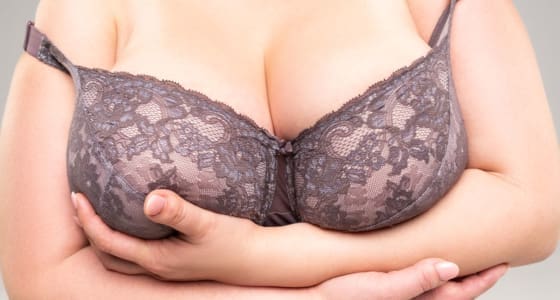The causes of asymmetric breasts are multifaceted. Genetics play a role in determining breast size and shape, and it’s not uncommon for one breast to develop differently than the other during puberty. Hormonal fluctuations, particularly during puberty and adolescence, can contribute to uneven breast development. Additionally, factors such as pregnancy, breastfeeding, and weight fluctuations can further exacerbate asymmetry.
The psychological impact of asymmetric breasts will vary from person to person but can be significant. Women may experience feelings of self-consciousness, lowered self-esteem, or dissatisfaction with their bodies. Societal beauty standards, often portraying symmetrical and evenly proportioned bodies, can contribute to these concerns. Media representations and cultural norms that emphasise uniformity may lead individuals with asymmetric breasts to feel a sense of inadequacy.
Clothing choices can also be influenced by breast asymmetry, as individuals may seek styles that help conceal or balance the unevenness. Intimate relationships and self-confidence may be affected if the individual feels insecure about their appearance.
It’s crucial to recognize that breast asymmetry is a natural and common variation, and mild asymmetry is considered normal. However, for those experiencing significant concerns or discomfort, cosmetic procedures like breast augmentation, reduction, or breast uplift surgery can be options to address the asymmetry and improve body image.










